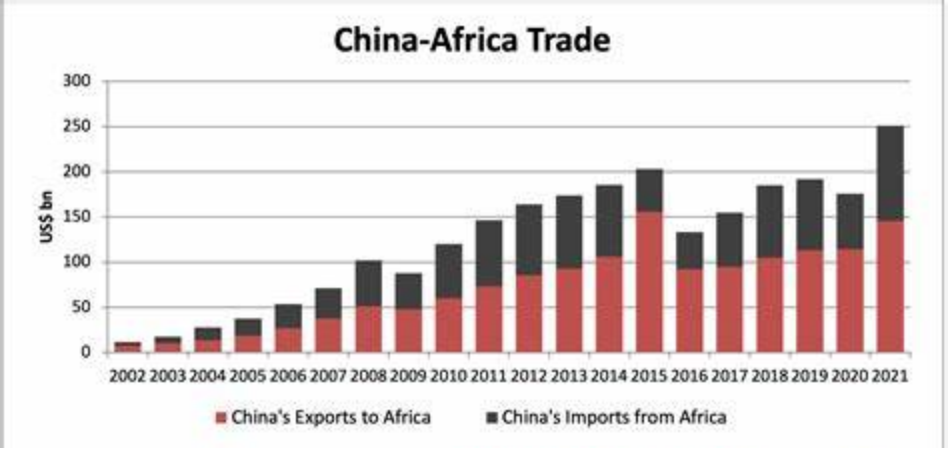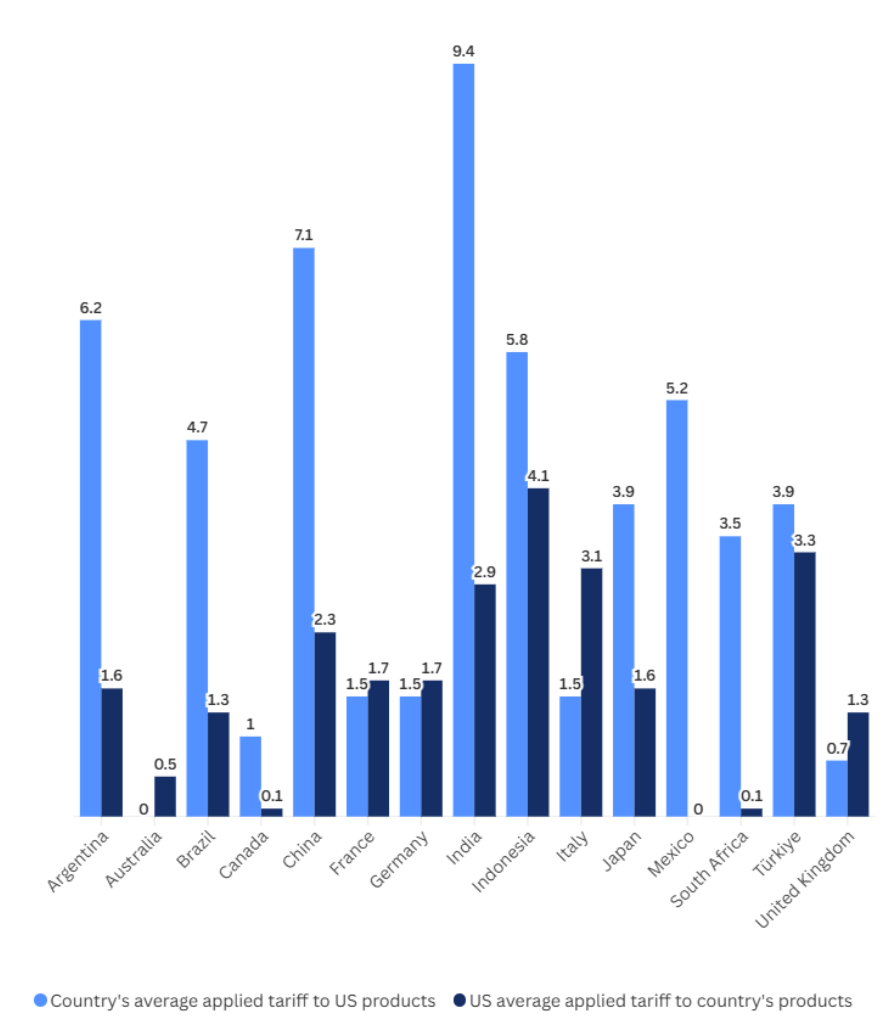Global Public Debt Outlook 2024
 Debt
Debt
Global public debt is very high. It is expected to exceed $100 trillion (93 percent of global GDP) in 2024 and to keep rising through the end of the decade (approaching 100 percent of GDP by 2030). Although debt is projected to stabilize or decline in about two thirds of countries, it will remain well above levels foreseen before the pandemic. Countries where debt is not projected to stabilize account for more than half of global debt and about two-thirds of global GDP. There are good reasons to believe that future debt levels could be higher than currently projected. The political discourse on fiscal issues has increasingly tilted toward higher government spending in recent decades. Fiscal policy uncertainty has increased, and political redlines on taxation have become more entrenched. Spending pressures to address green transitions, population aging, security concerns, and long-standing development challenges are mounting. Further, past experience shows that projections tend to systematically underestimate debt levels: realized debt to-GDP ratios three years ahead are, on average, higher than projected by 6 percentage points of GDP. This chapter shows that risks to the debt outlook are heavily tilted to the upside and much larger fiscal adjustments than currently planned are required to stabilize (or reduce) debt with high probability. Rebuilding fiscal buffers in a growth-friendly manner and containing debt is essential to ensure sustainable public finances and financial stability.
Elevated Upside Risks to the Debt Outlook
This chapter presents a novel approach—the “debt at-risk” framework—for assessing risks surrounding the baseline debt projections and how they vary across countries and over time. The framework shows how changes in economic, financial, and political conditions can shift the distribution of future debt-to-GDP ratios. Global debt-at-risk—the level of future debt in an extreme adverse scenario— is estimated to be nearly 20 percentage points of GDP higher three years ahead than in the baseline International Monetary Fund | October 2024 projections of the World Economic Outlook, reaching 115 percent of GDP in 2026. This is because high debt levels today amplify the effects of weaker growth or tighter financial conditions and higher spreads on future debt levels. Debt-at-risk varies significantly across countries. For advanced economies as a group, three-year-ahead debt-at-risk has declined somewhat from pandemic peaks and is estimated at 134 percent of GDP, whereas debt-at-risk has increased to 88 percent of GDP for emerging market and developing economies. Differences within and across country groups reflect an initial higher level of debt in advanced economies and large primary deficits in systemically important economies such as China and the United States. Financial conditions, however, play a greater role in adding to debt risks in emerging market and developing economies. The chapter shows that global factors increasingly drive the fluctuations in government borrowing costs across countries. This suggests that high debt levels and uncertainty surrounding fiscal and monetary policy in systematically important countries could increase the volatility of sovereign yields and debt risks for other countries. Unidentified debt—the change in debt not explained by interest-growth differentials, budgetary deficits, or exchange rate movements—is another reason why debt outturns could be higher than projected. The chapter finds that unidentified debt has historically been large, averaging 1.0–1.5 percent of GDP per year and increasing by up to 7 percentage points of GDP following financial system stress. This stems primarily from the materialization of contingent liabilities and fiscal risks as well as arrears.
Rebuilding Fiscal Buffers and Safeguarding Debt Sustainability
Current fiscal adjustment plans fall far short of what is needed to ensure that debt is stabilized (or reduced) with high probability. Now is an opportune time to rebuild buffers. With inflation moderating and central banks expected to ease monetary policy, economies are better placed to absorb the economic effect of fiscal tightening. Moreover, delaying is costly: in countries where debt is projected to increase further—such as Brazil, France, Italy, South Africa, the United Kingdom, and the United States—delaying action will make the required adjustment even larger. Waiting is risky: country experiences show that high debt can trigger adverse market reactions and constrains room for budgetary manoeuvre in the face of negative shocks.
Key elements of the needed fiscal adjustments involve the following:
- • Identifying the size. Cumulative fiscal adjustment of 3.0–4.5 percent of GDP, on average, is needed to stabilize or reduce debt with high probability. The magnitude of the required fiscal adjustment is higher than that currently projected, and almost twice the size of past adjustments, especially in those countries where debt is not projected to stabilize. In countries with more benign debt outlooks, optimizing fiscal space while maintaining debt sustainability is a priority.
- • Designing the composition. Careful design of fiscal adjustment can prevent countries from falling into a prolonged period of anemic growth. Key elements of fiscal adjustment vary across countries. Advanced economies should reprioritize expenditures, advance entitlement reforms, increase revenues through indirect taxes where taxation is low, and remove inefficient tax incentives. Emerging market and developing economies have greater potential to increase tax revenues by upgrading tax systems; broadening tax bases, including by reducing informality; and enhancing revenue administration capacity. On the expenditure side, efforts to rationalize large government wage bills, strengthen social safety nets, and safeguard public investment are key to limiting the negative impact on output, protecting vulnerable households, and supporting debt reduction.
- • Calibrating the pace. Gradual but sustained fiscal adjustment would strike a balance between containing debt vulnerabilities and maintaining the strength of private demand. Fast-track consolidation would also require politically unfeasible hikes in tax rates as well as spending cuts. That said, economies with high risk of debt distress and those that have lost market access need front-loaded adjustment, although how it is designed will matter.
- • Building credibility. Governments need deliberate fiscal plans, framed within credible medium-term fiscal frameworks and modern public financial management systems to anchor their adjustment paths and reduce fiscal policy uncertainty. Strong independent fiscal oversight can reinforce government credibility.
- • Strengthening fiscal governance. Countries must avoid unidentified debt. Assessing contingent liabilities, including those associated with state-owned enterprises, and monitoring them closely are critical in this regard. Strengthening expenditure controls and active cash management can limit overspending. Governments should also provide the public with more transparent, granular, and timely information on debt, including the composition of creditors and instruments, and exposure to risks.
- • Addressing debt distress. For countries facing debt distress or unsustainable debt, timely and adequate restructuring is needed, along with fiscal adjustments to restore debt sustainability.
Recent IMF reforms to its debt and lending frameworks, combined with efforts from creditor committees and the Global Sovereign Debt Roundtable, have helped streamline sovereign debt restructuring and shortened restructuring timelines. Further strengthening these processes is crucial for facilitating efficient debt restructuring. To support low-income developing countries, greater coordinated efforts are necessary to ensure the provision of concessional financing to avoid undue fiscal tightening.
09-11-2024











